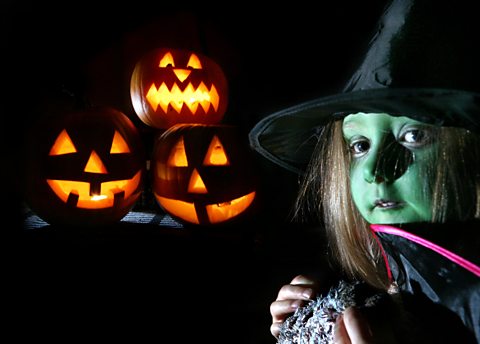Introduction: witchcraft accusations
In Scotland, between 1450 and 1750, nearly 4,000 people were accused of being witches. It is estimated that around 2,500 of these were executed.
Anyone could be accused of being a witch, but in Scotland some people were more likely than others.
In this article we'll look at who was accused and why this might have been.
Why were women accused of witchcraft?
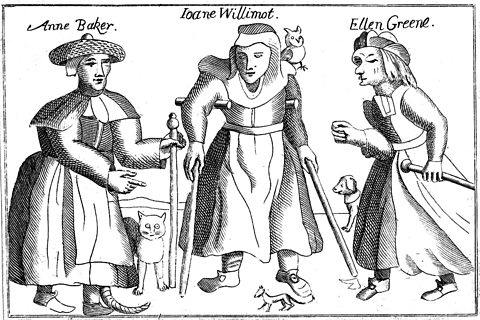 Image source, ALAMY
Image source, ALAMYWomen were more likely to be accused of witchcraft than men.
- In Europe as a whole, more than 70% of those accused of witchcraft were women.
- In Scotland 84% of those accused of witchcraft were women.
There are many possible reasons for this.
Women were traditionally thought of as being weaker and more easily tempted than men. In the bible story of Adam and Eve, it is Eve who is tempted by Satan to eat the forbidden apple. Woman were considered at more of a risk of being influenced by the Devil.
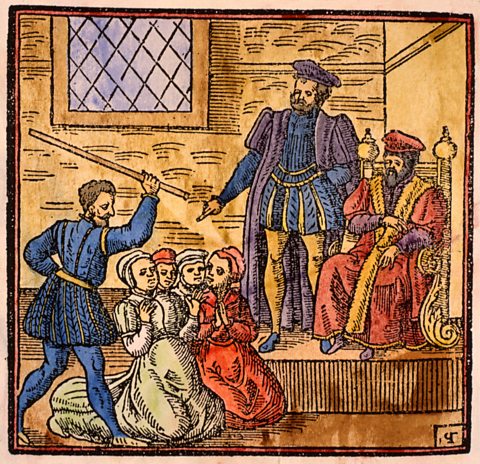 Image source, ALAMY
Image source, ALAMYKing James VI wrote about this in his book, Daemonologie:
as that sexe is frailer then man is, so is it easier to be intrapped in these grosse snares of the Devill, as was over well proved to be true, by the Serpents deceiving of Eva at the beginning.
King James VI, Daemonologie
Often, when men were accused of witchcraft, they were charged in connection to a female witch. It could be that they were related by marriage or were the brothers or children of women accused of witchcraft.
 Image source, ALAMY
Image source, ALAMYWere witches unmarried women?
The traditional image of a witch, for example in fairy stories like Hansel and Gretel, is of an old woman living alone.
Is this realistic?
In Scotland, there are 319 cases where the marital status of someone accused of witchcraft is known:
- 245 were married
- 67 were widowed
- 7 were unmarried
Were most witches married?
These numbers suggest that most witches were married but there are 1572 cases in which marital status is not recorded.
So we really can't answer this question for sure.
Social background
Robert Bowes was an English diplomat working in Scotland.
Writing about witch trials taking place in 1597, he said that the accused were:
…not only of the meanest sort but also of the best.
– Calendar of State Papers relating to Scotland and Mary Queen of Scots, volume 13, (Sept 5, 1597)
This means that not all the accused were poor, some were from high social ranks.
According to the research at the University of Edinburgh's Survey of Scottish Witchcraft, where social background was recorded, witches came from the following backgrounds:
- 6% were from rich backgrounds, including landowners and the nobility
- 64% had middle incomes. This included tenant farmers, and craftspeople like weavers or bakers
- 29% were from poorer backgrounds. This included people with little access to land or work, or who did not have a permanent home.
This suggests that witches could come from any background. However most cases do not record the social background of the accused.
Who were the cunning folk?
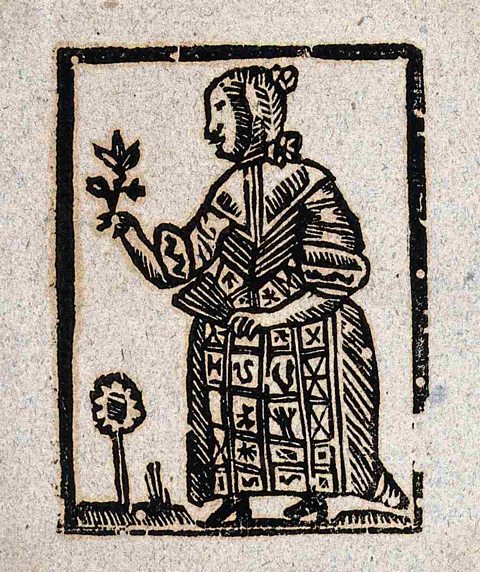 Image source, ALAMY
Image source, ALAMYDuring this period, most cultures across Europe had people commonly referred to as cunning folk.
They were also known by other terms such as wise men and wise women.
Cunning folk were people who the community believed that had powers of healing and knowledge of spells and magic.
At a time when most people could not afford treatment from a doctor, the cunning folk were relied on to provide remedies for common illnesses. It was thought that cunning folk could also lift curses and could cast spells that could help the community.
The age of the witch trials was a dangerous time for the cunning folk. The Christian churches saw any use of magic as suspicious. Anyone who practised magic could be an agent of the devil and a threat.
There were cunning folk who were put on trial but for the most part few were accused of being witches. The Survey of Scottish Witchcraft database lists 141 folk healers who were accused of witchcraft.
If healing did not work, or made someone more ill, or if there was a disagreement, then healers were open to accusations of witchcraft.
 Image source, ALAMY
Image source, ALAMYMarione Corsan
 Image source, ALAMY
Image source, ALAMYIn 1650, a local trial heard evidence that Marione Corsan had healed a woman of falling sickness. However, when the two women fell out, the illness returned.
Despite the official view that all magic was evil, some communities disagreed and even defended cunning folk from accusations since they were seen as providing valuable services including protection from witchcraft.
 Image source, ALAMY
Image source, ALAMYWere witches always older women?
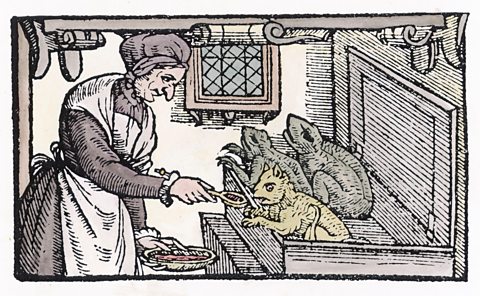 Image source, ALAMY
Image source, ALAMYIn popular culture, witches are typically shown as old women. It is true that those accused of witchcraft tended to be middle-aged or older.
In Scotland, over 60% of people accused of witchcraft were aged over forty at a time when life expectancy was much lower than today.
It is hard to pinpoint exactly why.
It might be that older women were more likely to speak their mind or stand up for themselves. This might have put them in conflict with authorities, or people who might accuse them.
Most people were accused by members of their community. Those who had lived longer may have been more likely to have come into conflict with neighbours at some time.
Younger people might have been seen as more innocent.
Perhaps older people were more likely to display some of the behaviour associated with witches.
 Image source, ALAMY
Image source, ALAMY"Antisocial" behaviour
Often those accused of witchcraft displayed behaviour that was seen as argumentative or antisocial.
This might have involved being sharp-tongued, being critical of others, or getting involved in arguments.
Not only would this type of behaviour have made people seem ‘ungodly’, but it often created enemies within a community.
Many accounts of witch trials include reference to arguments or a witch cursing someone they have disagreed with.
Agnes Finnie
In 1643, Agnes Finnie, a shopkeeper and money lender in Edinburgh, was accused of having witched several people who became ill after she argued with them. Agnes was found guilty of witchcraft and executed in March 1645.
Were people with disabilities accused of witchcraft?
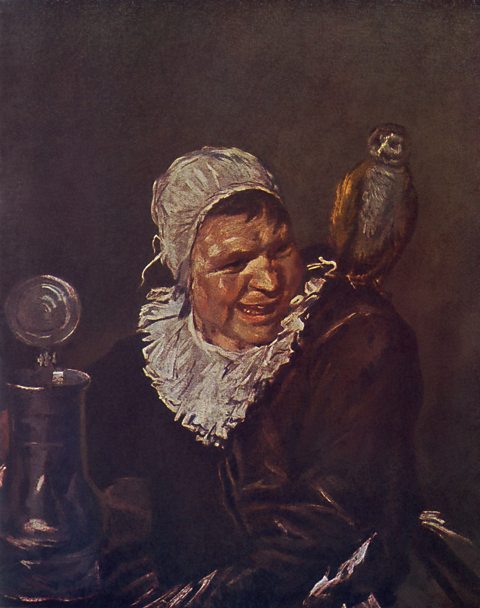 Image source, ALAMY
Image source, ALAMYSome historians believe that some of those accused of witchcraft were suffering from illness or had mental health issues.
Back then, these types of conditions were not well understood and those who experienced them were assumed to be either under the influence of bad spirits or witches.
There was also a lack of understanding about physical disabilities and sometimes they may have been seen as suspicious.
For example, any noticeable scars or warts or moles could be seen as the Devil's mark and proof that someone had made a pact with the Devil.
Alesoun Pierson
At her trial in May 1588, Alesoun Pierson described having met with fairies on an occasion when she had fallen to the ground ill. At the time this was taken as a sign of her involvement with magic.
Now we would be more likely to think that there was a medical explanation, such as a hallucination experienced during a seizure.
Janet Horne
 Image source, ALAMY
Image source, ALAMYJanet Horne is reported to have been the last person in Scotland to be tried and executed as a witch.
In Dornoch in 1727 (or 1722 in some accounts), Janet and her daughter were accused of witchcraft.
According to some sources, neighbours claimed that Janet had transformed her daughter into a pony and rode on her back to go and meet with the Devil. As evidence they said that the daughter's hands and feet resembled hooves.
At her trial Janet is said to have been "an insane old woman" who was "in her dotage". Put together, these suggest that Janet may have been suffering from dementia.
It has been suggested that Janet's daughter had been born with a condition that affected the shape of her hands and feet. Some accounts claim that Janet's daughter's hands had been left scarred and damaged by a fire.
Both were found guilty. Although Janet was executed, her daughter managed to escape from prison.
 Image source, ALAMY
Image source, ALAMYTest your knowledge
More on Scottish witch trials
Find out more by working through a topic
- count6 of 7

- count7 of 7
